The Summer/Fall 2009 edition of The California Native Newsletter is now in the mail. The newsletter, published by The California Native since 1984, has more than 10,000 readers (not counting those who download from the web). If you are not already a subscriber to this free newsletter you can signup now.
This issues feature stories include:
The desert markings, believed to have been made thousands of years ago, made little impression on occasional travelers who viewed them from ground level, but when they were spotted by aircraft in the 1930’s they caught the world’s attention. They have since been surveyed, mapped and studied. Only two questions remain—who made them, and why?
 RAPID TRANSIT: COSTA RICA STYLE
RAPID TRANSIT: COSTA RICA STYLE
Costa Rica has long been a favorite destination for both the beginner and the experienced river runner. With ample annual rainfall, mountainous landscapes, and plenty of road-to-river access, the country prides itself on being a whitewater paradise.
Packing a pearl-handled revolver, a riding crop and three lovers, the Baroness Eloisa von Wagner Bosquet disembarked on the Island of Floreana, in 1932, and declared herself “Empress of the Galapagos.”
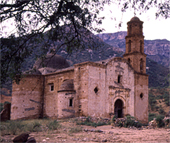 COPPER CANYON’S LOST TREASURES
COPPER CANYON’S LOST TREASURES
In 1880, Alexander “Boss” Shepherd, the last territorial governor of the District of Columbia, packed up his family and, in the remote village of Batopilas, at the bottom of Copper Canyon, developed one of the richest silver mining operations in the world.
THERE’S MORE TO CHINA THAN BEIJING
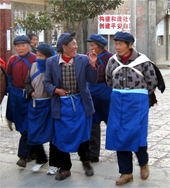 Because the Olympics were hosted in Beijing, chances are that you learned more about China in 2008 than at any previous time. On the other end of the country, far from bustling Beijing is Yunnan Province—home to the largest variety of ethnic groups in China.
Because the Olympics were hosted in Beijing, chances are that you learned more about China in 2008 than at any previous time. On the other end of the country, far from bustling Beijing is Yunnan Province—home to the largest variety of ethnic groups in China.
CALIFORNIA NATIVE ADVENTURES
The newsletter also includes schedules, prices and descriptions of California Native’s tours to Mexico’s Copper Canyon, Peru, the Galapagos, Patagonia, Costa Rica, Yucatan and Chiapas, Myanmar (Burma) and Laos, Bhutan, Yunnan, China, and Ireland.

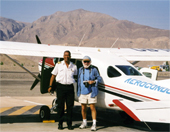
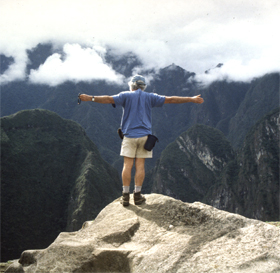
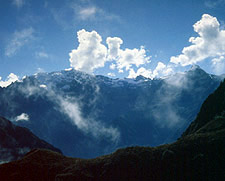
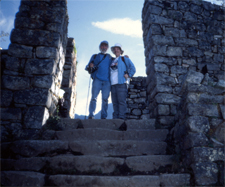
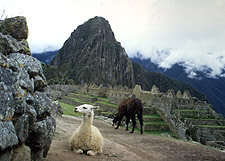
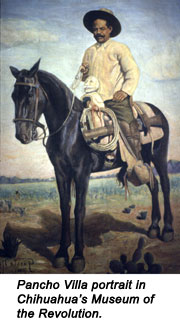
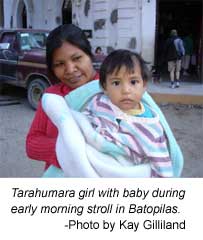
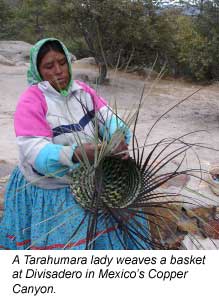
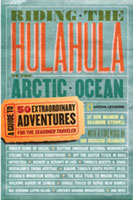 the frozen latitudes of polar ice caps to the desert sands of Tunisia and most everywhere in between to highlight adventures for the active traveler. Since no adventure compendium would be complete without featuring the remote Sierra Madre mountains, Joan Merrick, a contributor to Hulahula and California Native client, reflects on her experience touring
the frozen latitudes of polar ice caps to the desert sands of Tunisia and most everywhere in between to highlight adventures for the active traveler. Since no adventure compendium would be complete without featuring the remote Sierra Madre mountains, Joan Merrick, a contributor to Hulahula and California Native client, reflects on her experience touring  silver anniversary comes as a proud moment for our company’s founder, Lee Klein, who continues to scout new locations world-wide in search of new destinations for the active traveler. Klein, a graduate from Loyola Marymount University with a MBA in Management spent more than two decades as a corporate manager and college professor until, while climbing Ayer’s Rock in the Australian Outback, he decided to venture into the adventure travel business. As he did, he took to heart the lessons he taught his students on how to succeed in business: “keep it simple, and learn to do it right before adding new products and services.”
silver anniversary comes as a proud moment for our company’s founder, Lee Klein, who continues to scout new locations world-wide in search of new destinations for the active traveler. Klein, a graduate from Loyola Marymount University with a MBA in Management spent more than two decades as a corporate manager and college professor until, while climbing Ayer’s Rock in the Australian Outback, he decided to venture into the adventure travel business. As he did, he took to heart the lessons he taught his students on how to succeed in business: “keep it simple, and learn to do it right before adding new products and services.”